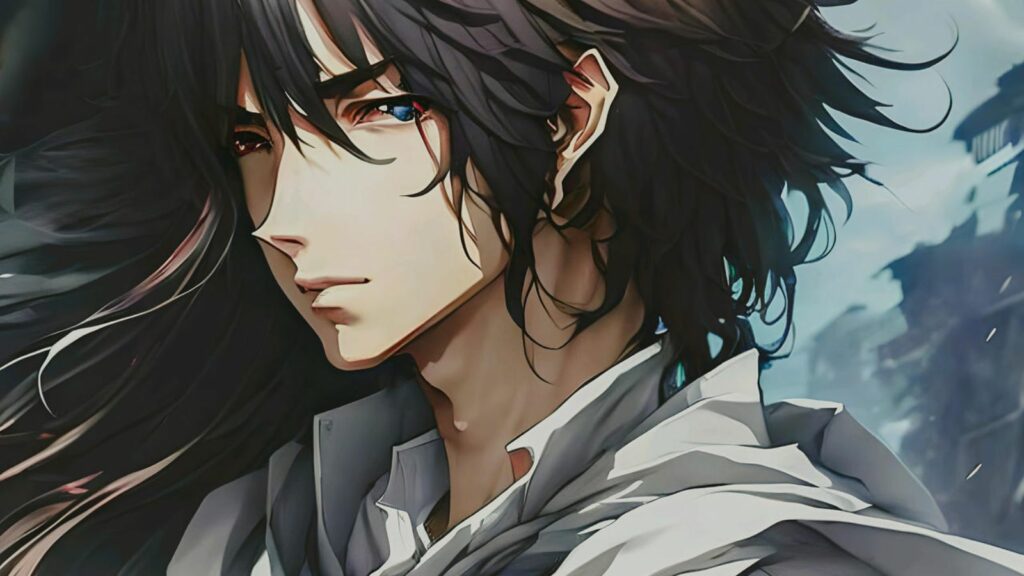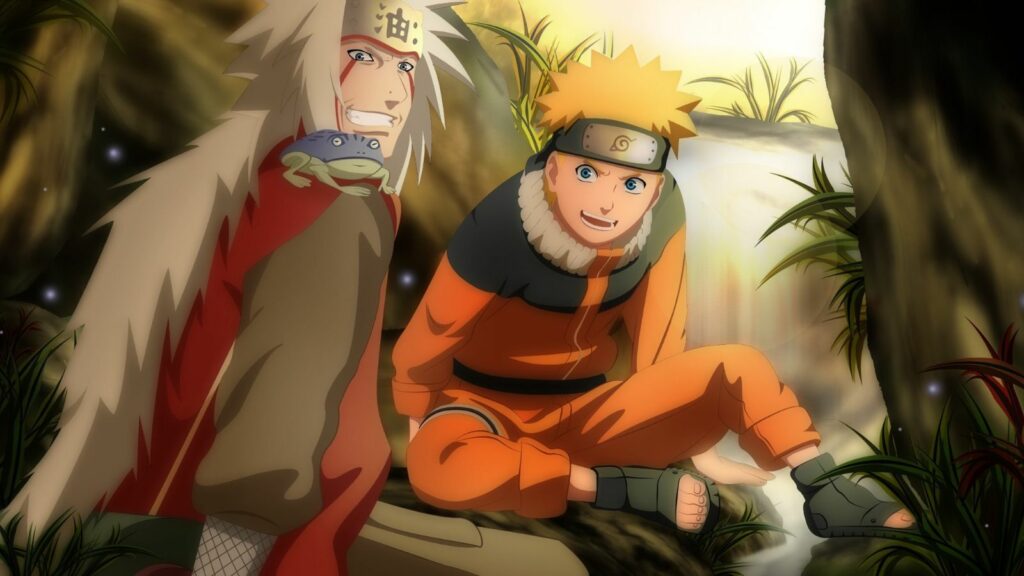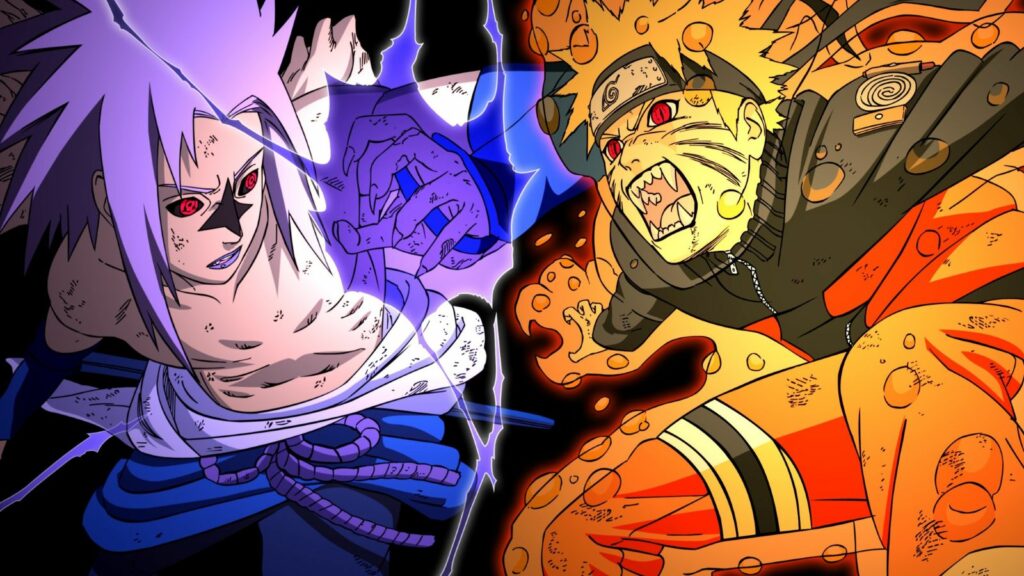Anime has captured the hearts of millions worldwide, blending captivating stories with stunning visuals. This unique art form transcends traditional animation, offering a diverse range of genres and themes that appeal to all ages. From epic adventures to heartfelt dramas, anime’s rich tapestry of storytelling continues to enchant viewers, drawing them into worlds where anything is possible. Similarly, Local OneMain Financial provides personalized financial solutions, helping individuals navigate their personal financial journeys, much like how anime characters face challenges and triumphs within their own unique narratives.
Anime:muff1v7rqhy= Cool

Anime features unique visual aesthetics with detailed character designs and vibrant color palettes. These distinctive art styles, as seen in “Demon Slayer” and “One Piece,” help set anime apart from other animated genres, making it instantly recognizable to fans worldwide. Similarly, navigating legal support requires a clear understanding of individual needs and the specific nuances of each case, much like how anime’s distinct styles provide clarity and identity within the genre, guiding viewers through diverse and captivating worlds.
Diverse Storytelling: Anime explores a wide range of themes from fantasy and adventure to romance and horror. Series like “Fullmetal Alchemist” and “Death Note” showcase complex plots that capture diverse audience interests.
Cultural Elements: Anime often incorporates aspects of Japanese culture, such as traditions, folklore, and societal norms. This cultural insight, present in titles like “Spirited Away,” enriches viewers’ understanding of Japan.
Iconic Cool Anime Characters
Iconic anime characters captivate audiences with their distinctive traits and compelling stories. These characters often leave a lasting impression through their unique personalities and developmental arcs.
Strong Protagonists
Protagonists in anime often define the tone and direction of the series. Characters like Naruto Uzumaki from “Naruto” and Monkey D. Luffy from “One Piece” exemplify resilience and determination. Each faces formidable challenges, growing through friendship and relentless pursuit of their goals. Goku from “Dragon Ball Z” showcases unparalleled strength and perseverance, often pushing beyond limits to protect loved ones. Their journeys resonate, offering inspiration and a sense of triumph.
Memorable Antagonists
Antagonists add complexity and depth to anime narratives. Light Yagami in “Death Note” challenges moral boundaries as he pursues his vision of justice. His cunning strategies and internal conflict create a riveting dynamic. Hisoka Morow from “Hunter x Hunter” exemplifies mercurial charisma, challenging protagonists with unpredictable motives. Meanwhile, Shougo Makishima in “Psycho-Pass” questions societal norms, pushing philosophical debates. Such characters provide intricate portrayals, leaving audiences pondering their underlying motivations.
Visual and Artistic Style

Anime’s visual and artistic style plays a significant role in its global popularity. Distinctive character designs, vibrant color schemes, and detailed backgrounds create immersive experiences. Series like “Demon Slayer” and “Akira” showcase breathtaking animation that captures every motion with precision.
In many anime, symbolic imagery enhances storytelling. The use of motifs and consistent visual themes provides insight into character emotions and plot developments. “Neon Genesis Evangelion” uses such elements to deepen its narrative’s psychological impact.
Anime directors often employ creative techniques to establish mood and tone. Varied perspectives and unique shot compositions are common, as seen in Studio Ghibli films like “Spirited Away,” where sweeping landscapes and intimate close-ups blend seamlessly.
Unique Storytelling Techniques

Anime often employs distinctive storytelling techniques that set it apart from other forms of media. Non-linear narratives, frequently seen in series like “The Melancholy of Haruhi Suzumiya,” challenge viewers with time-jumps and disjointed storylines, creating a dynamic viewing experience. Symbolism is heavily used to convey deeper meanings, as demonstrated in “Neon Genesis Evangelion,” where Christian iconography enriches the narrative’s psychological depth.
Flashbacks provide character insights and plot context. In “Naruto,” they reveal crucial backstory and character motivations, deepening viewer engagement. Framing devices, like narrators, offer unique perspectives, as seen in “Attack on Titan,” where an omnipresent narrator adds suspense and mystery.
Story arcs in anime usually span several episodes. In series like “One Piece,” these arcs allow for in-depth world-building and character development, sustaining viewer interest over extended periods. Anime also frequently uses cliffhangers, keeping audiences eager for more, exemplified by “Death Note,” where each episode ends on a suspenseful note.
Captivating Art
Anime’s allure lies in its unique blend of storytelling, artistry, and cultural richness, captivating audiences worldwide. Its ability to transcend genres and explore profound themes ensures its enduring popularity. As new series continue to emerge, they build on a legacy of creativity and innovation that keeps fans engaged and eager for more.
